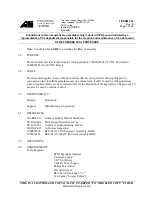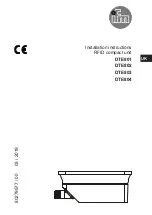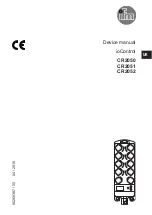
Page 95
EN
Fig. 10
Replacing a pressure sensor
The pressure sensor (
1
) is maintenance-free.
If the sensor is not working properly, this will
be shown immediately by the lack of a pres-
sure build-up notiication for the lubrication
system.
Replacing the pressure sensor
In case of an emergency the pressure
sensor can be replaced on a running lubri-
cation system, provided the replacement
is performed quickly. The cylinder contin-
ues to be supplied with 75% of lubricat-
ing output during the replacement on a
running system; subsequent venting of the
timed lubricator is typically not necessary.
Remove the plug (
2
) on the pressure
sensor (
1
).
Screw out the faulty pressure sensor (
1
),
screw in the new pressure sensor.
6.4.1 Replacing the pressure sensor
6.4 Malfunctions on timed lubricator
6. Maintenance
Maximum tightening torque 25 Nm
Place plug (
2
) on the pressure sensor (
1
).
If a large amount of air enters the
system while the pressure sensor is
being replaced, ventilation needs to be
performed on the lubricating oil line of the
timed lubricator that the pressure sensor
(within the timed lubricator) is connected
to.
Slightly loosen union nut (
3
) on the lubri-
cating oil line.
Tighten the union nuts (3) when bubble-
free oil discharges.
















































